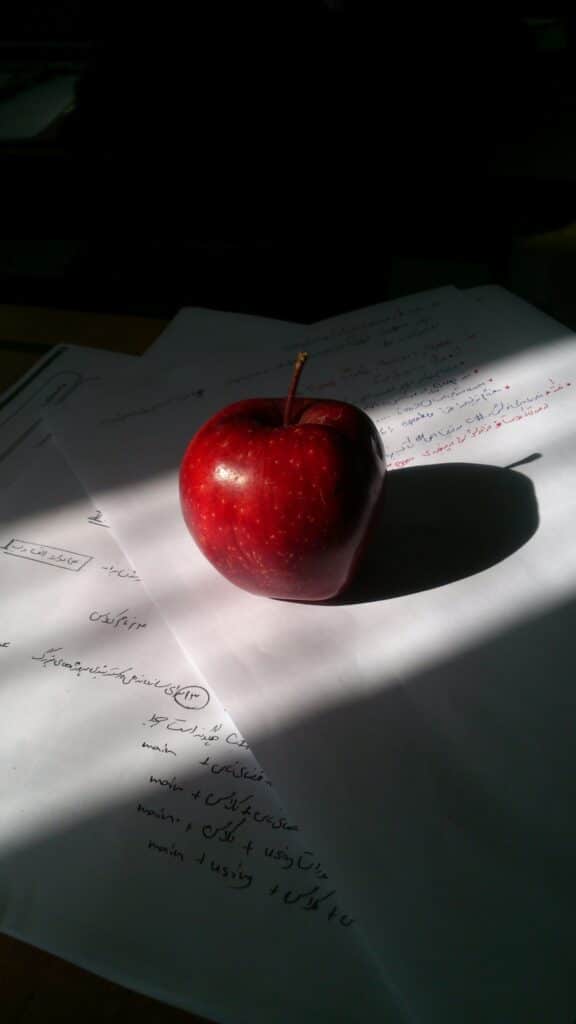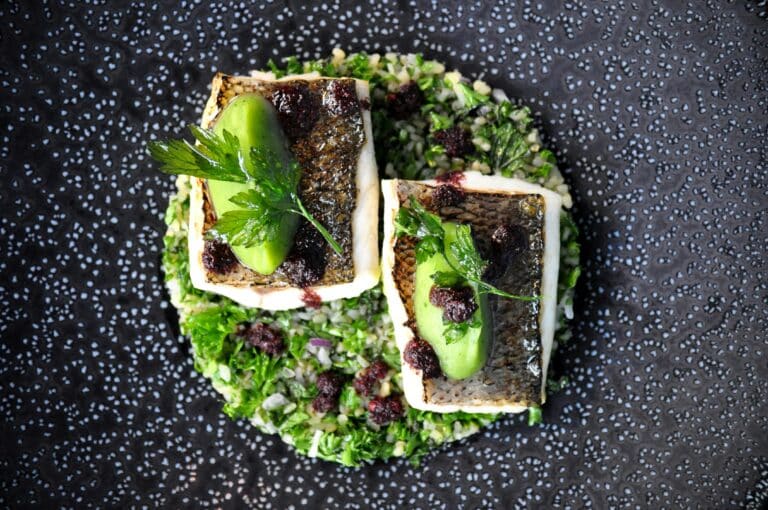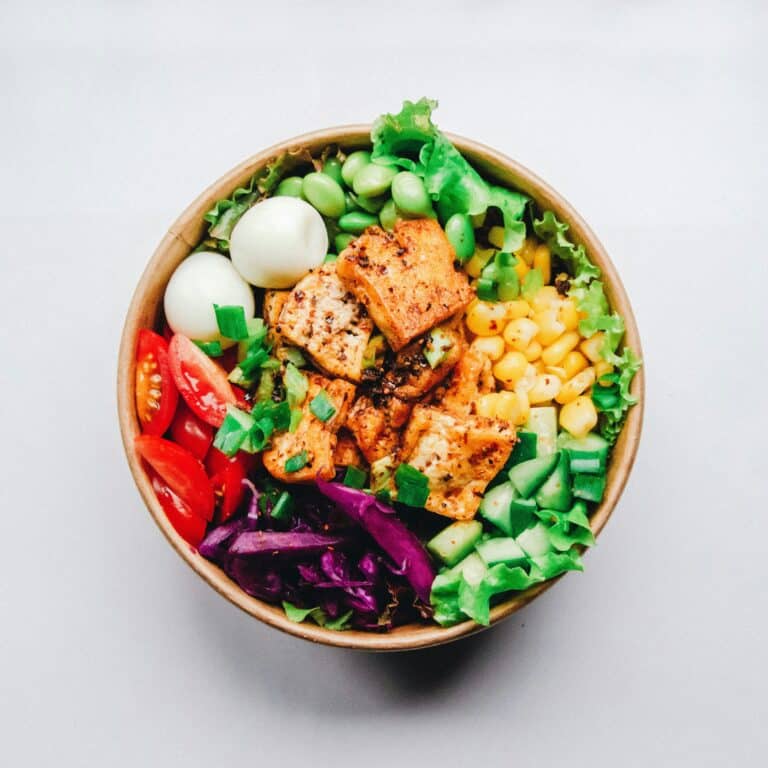But the question is, how can we do this without straining our wallets? This is particularly relevant when it comes to packing school lunches for our kids. As parents, we juggle multiple roles, and ensuring our children get nutritious, eco-friendly meals every day, within a budget, can seem like a Herculean task. But don’t worry, it’s not as daunting as it sounds!😉

Before diving into the world of green lunch ideas, let’s shed some light on the importance of this transition. With overflowing landfills and single-use plastic clogging our oceans, every small step towards a greener lifestyle has a significant impact. One area where we can make a big difference is in the lunches we pack for our children. Not only does this help reduce waste, but it also sets a great example for our kids about the importance of sustainable living.
In this comprehensive guide, we will explore several budget-friendly, eco-saving strategies for school lunches. We will unpack various tactics, from choosing eco-friendly lunchboxes to preparing waste-free meals and snacks.🍎 We will also delve into the cost aspect, providing tips on how to make these changes without breaking the bank. Rest assured, these ideas will be as friendly on your pocket as they are on the environment.
Getting Started with Green Lunches🌿
One of the first steps towards eco-friendly school lunches is ditching disposable containers and investing in reusable lunchboxes and water bottles. While this may involve an upfront cost, it will save you money in the long run and significantly reduce waste. It’s a win-win situation! We will explore different types of eco-friendly lunchboxes, their benefits, and how to choose the one that fits your child’s needs and your budget.
Creating Waste-Free Meals and Snacks
Next, we move to the heart of the matter: the food itself. Creating waste-free meals and snacks doesn’t necessarily mean you have to overhaul your kitchen or spend hours preparing elaborate recipes. Instead, it’s about smart meal planning and a little creativity. We will discuss ways to use leftovers, buy in bulk to reduce packaging waste, and suggest nutritious, waste-free snacks that your kids will love.🥕
Keeping it Cost-Effective
Now, let’s talk about the elephant in the room: cost. Going green doesn’t have to mean going broke. There are plenty of ways to make eco-friendly choices while staying within your budget. We will share tips on where to find affordable eco-friendly products, how to reduce food waste (and thus save money), and how to create a meal plan that minimizes cost while maximizing nutritional value.
To sum up, this article will provide you with a roadmap to packing eco-friendly, budget-friendly school lunches. As you navigate through these ideas, remember that every small change counts. We all have a role to play in saving our planet, and it starts with our daily choices, right down to the food we pack in our kids’ lunchboxes. So let’s embark on this green journey together!🌍
Unpacking the Importance of Going Green with School Lunches
The awareness about the environment has never been so high, and rightfully so. Our daily choices, no matter how small, contribute to the bigger picture, impacting the health of our planet. As parents, one area that provides ample opportunity to make more eco-friendly choices is the food we pack in our children’s school lunches. This article aims to explore budget-friendly, eco-saving strategies to make school lunch greener. So, let’s dive right in.
According to a study by Waste Free Lunches, a child taking a disposable lunch to school creates 67 pounds of waste annually. That’s 18,760 pounds of lunch waste for just one average-sized elementary school. Imagine how much we can reduce this figure if we make a conscious effort to pack eco-friendly lunches!
Not only are green lunches good for the environment, but they’re often healthier and more cost-effective too. By planning meals carefully, purchasing in bulk, and minimizing waste, families can save significant amounts on grocery bills over time.
Effective Strategies for Eco-Friendly School Lunches
Switching to eco-friendly school lunches doesn’t have to be a daunting task. Here are some effective strategies that can help you transition smoothly.
1. Opt for Reusable Lunch Gear
Disposable lunch gear such as plastic bags, aluminum foil, and Styrofoam cups contribute significantly to landfill waste. Instead, consider investing in reusable lunch gear such as stainless-steel lunch boxes, reusable sandwich wraps, and cloth napkins. While the upfront cost may be higher, these products last much longer, ultimately saving money in the long run.
2. Buy in Bulk
Buying in bulk reduces packaging waste and is often cheaper. Rather than buying individual packs of yogurt, applesauce, or snacks, buy large containers and portion them out into reusable containers.
3. Pack Seasonal Fruits and Vegetables
Seasonal fruits and vegetables are fresher, cheaper, and have a lower carbon footprint as they do not require long-distance transportation. Plus, they add a splash of color and variety to your child’s lunchbox.
For more tips on packing eco-friendly school lunches, watch this informative video titled “How to Pack a Zero Waste School Lunch” by Sustainable Mama.
Comparing the Cost: Traditional Lunch vs. Green Lunch
Many parents hesitate to go green with school lunches due to the perceived high cost. However, when we break down the costs, eco-friendly lunches can be quite budget-friendly. Below is a comparative analysis:
| Item | Traditional Lunch Cost | Green Lunch Cost |
|---|---|---|
| Disposable sandwich bags | $0.04 per bag | Reusable sandwich wrap: $8 (lasts for years) |
| Disposable juice boxes | $0.60 per box | Reusable water bottle: $10 (lasts for years) |
| Pre-packaged snacks | $0.50 per pack | Bulk snacks portioned into reusable containers: $0.25 per serving |
As you can see, the green options might have a higher upfront cost, but they prove to be cheaper in the long run.
Healthy, Budget-Friendly, and Eco-Friendly Lunch Ideas
Wondering what to pack in a green school lunch? Here are some budget-friendly, eco-friendly, and kid-approved lunch ideas:
- Homemade Hummus with Carrot Sticks: Making your own hummus is easy, cheap, and reduces packaging waste. Pair it with seasonal veggies for a healthy, eco-friendly lunch.
- Fruit Salad: Cut up a variety of seasonal fruits for a refreshing, nutrient-packed lunch.
- Bulk-Bought Yogurt: Rather than buying individual yogurt pots, buy a large container of yogurt and portion it out into reusable containers.
Switching to eco-friendly lunches is a small change that can make a big difference. It’s about teaching our children the importance of protecting the environment and making sustainable choices. So, let’s take this step towards a greener future together.
Conclusion
To conclude this article, we have to recap some of the key points we have discussed. We have gone through the depths of understanding the complexity of technical aspects in the field of Information Technology and Engineering. From comprehending the basic elements of software engineering to exploring the more intricate aspects, we have tried to simplify the concepts for you.
In this digital age, having a grasp of these technical aspects is not just a need but a necessity. Whether you are a student, a budding software engineer, or an experienced professional, it is crucial to continually update your knowledge to keep up with the rapid developments in the tech world. 🌐
Software engineering, as we have discussed, is a multifaceted discipline that involves a diverse set of skills and knowledge. From programming languages, algorithms, data structures, to software testing and maintenance – each aspect plays a critical role in building efficient and effective software systems. 💻
We have also explored the significance of technical writing in communicating complex concepts. Through this article, we hope that we have managed to demonstrate how technical writing can help in breaking down complex information into digestible and understandable content.
Technical writing is not just about conveying information, but it’s about teaching, informing, and guiding the reader through the complexity of technical jargon. A well-written technical document can be the difference between an effectively implemented system and a failed one. Hence, the importance of good technical writing cannot be overstated.
As we wrap up this article, we would like to encourage you to keep learning and keep exploring. Remember, knowledge is power, and in the tech world, it is your superpower. 👨💻👩💻
Don’t hesitate to share this article with your colleagues, fellow students, or anyone who might find it helpful. Feel free to leave your comments, thoughts, or questions in the comment section below. Your engagement not only helps us to improve our content but also contributes to a more enriching learning environment for everyone. 📚
Keep checking back for more articles like this. If you want to dive deeper into these topics, here are some resources to get you started:
– Software Engineering: Introduction
– Writing in the Sciences
Remember, the journey of learning never ends, and every step you take is a step closer to your goals. So, keep going, and keep growing.
Here’s to a brighter, more knowledgeable you! 🎉
Ref:
– Software Engineering: A Practitioner’s Approach by Roger S. Pressman
– The Handbook of Technical Writing by Gerald J. Alred, Charles T. Brusaw, and Walter E. Oliu



